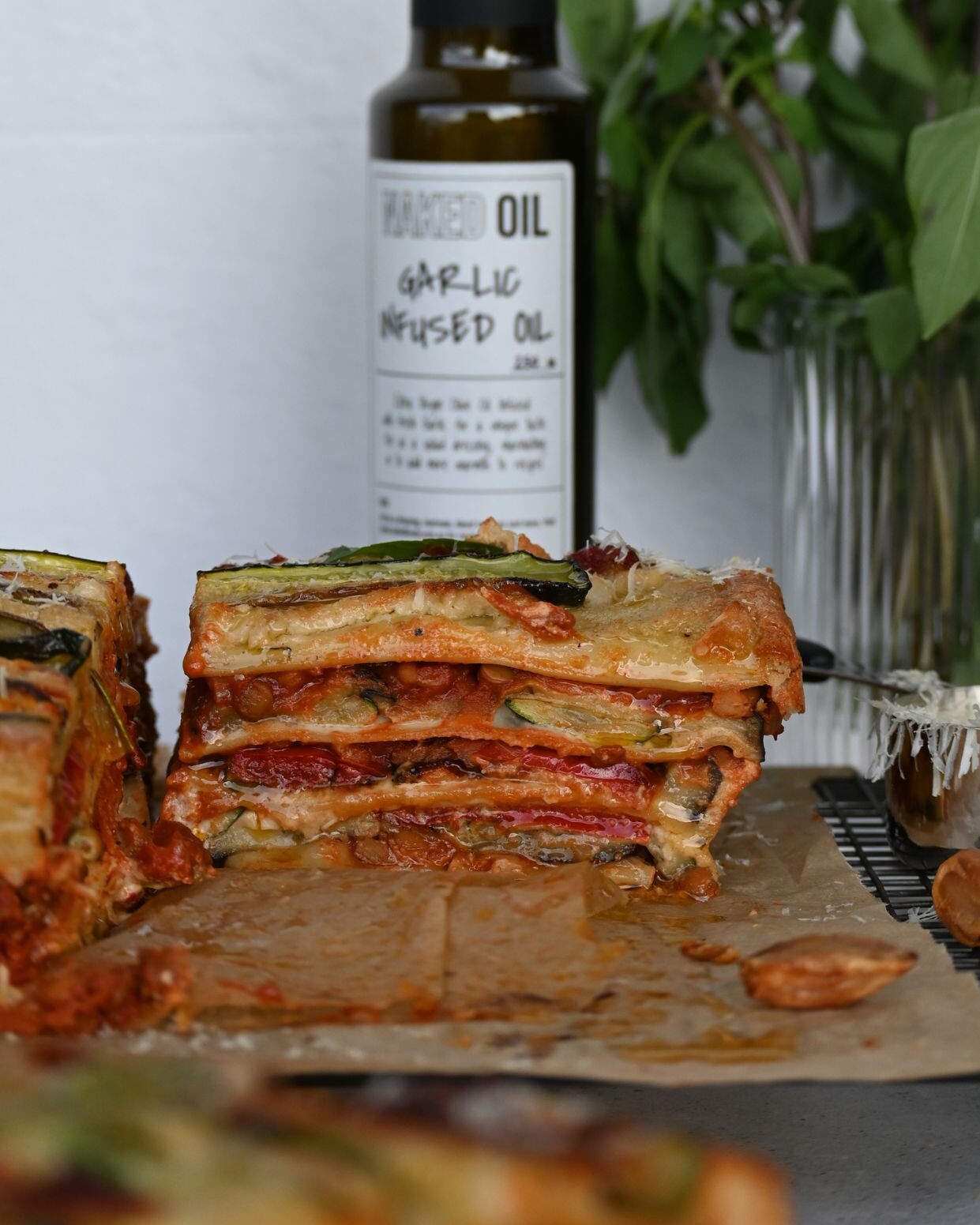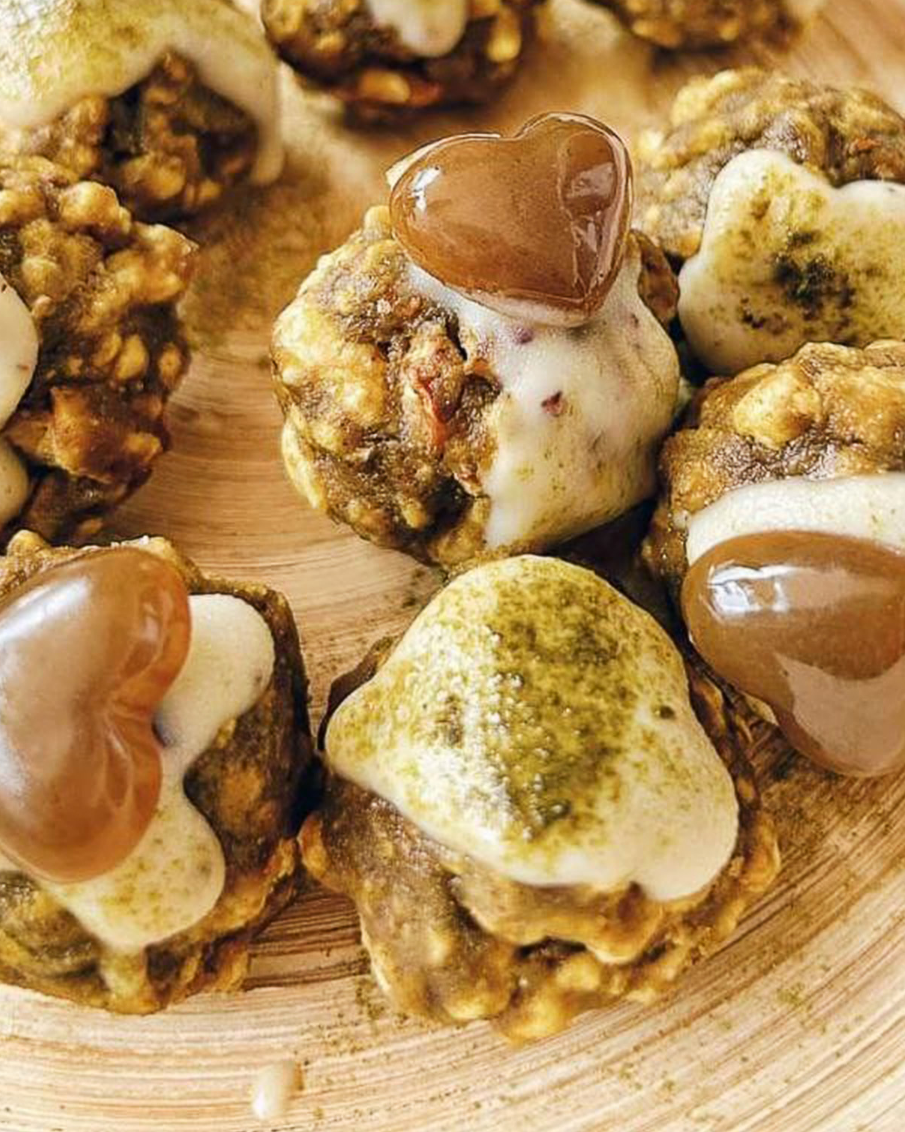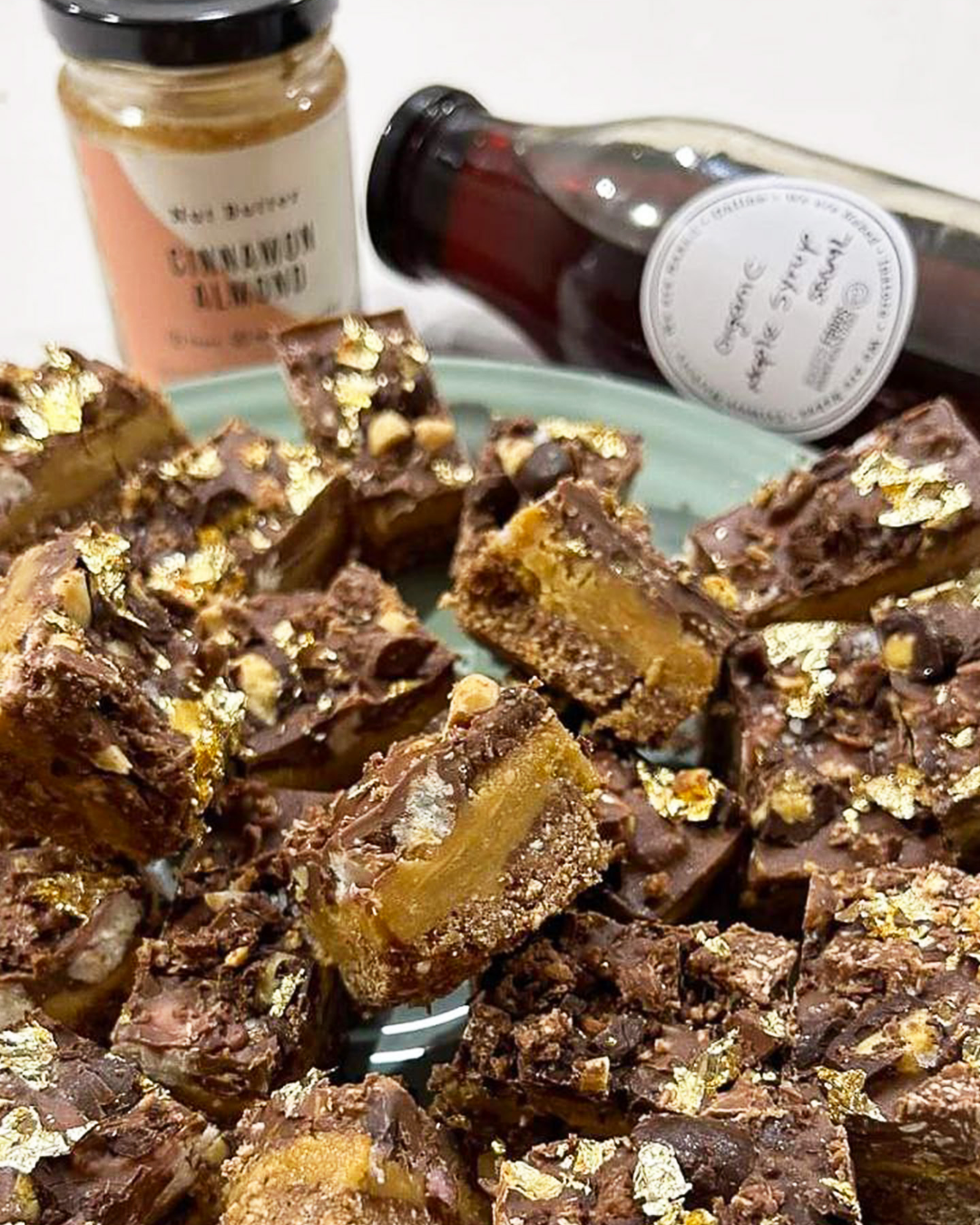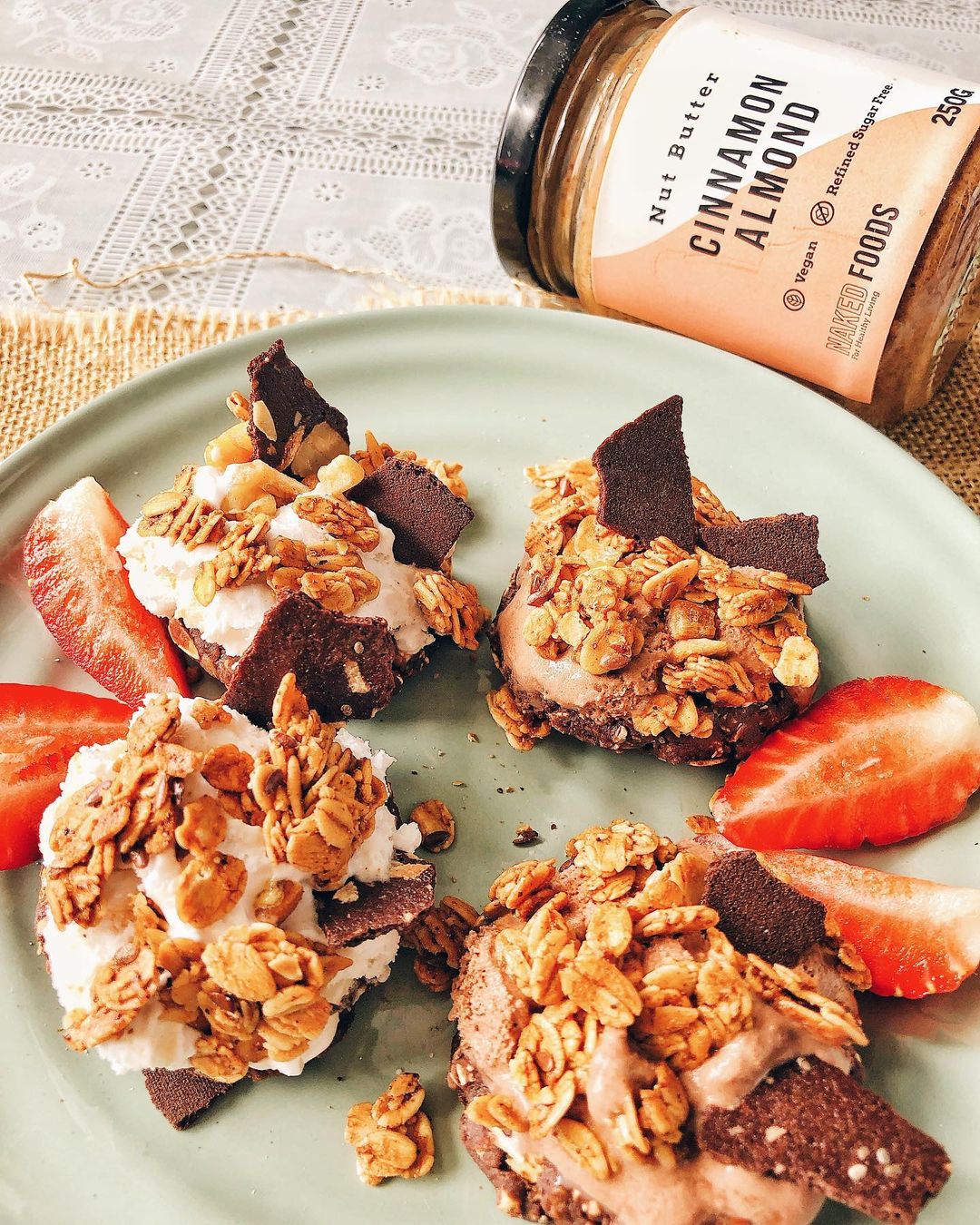Gold in colour, Honey is a superfood that people have used for centuries for its health and healing benefits. With World Bee Day on the 20th of May, it’s time to see what all the buzz is.
How is it made?

Honey starts its process as pollen or nectar, which worker bees collect from flowers. Once the worker bee has enough pollen or nectar, it returns to the hive, where it proceeds to store the pollen within the wax caps, which create a honeycomb. The honeycomb is then processed to get the Honey out of the comb. It takes about three weeks and 300 bees to make 450g of Honey.
Processed, Pure and Raw Honey
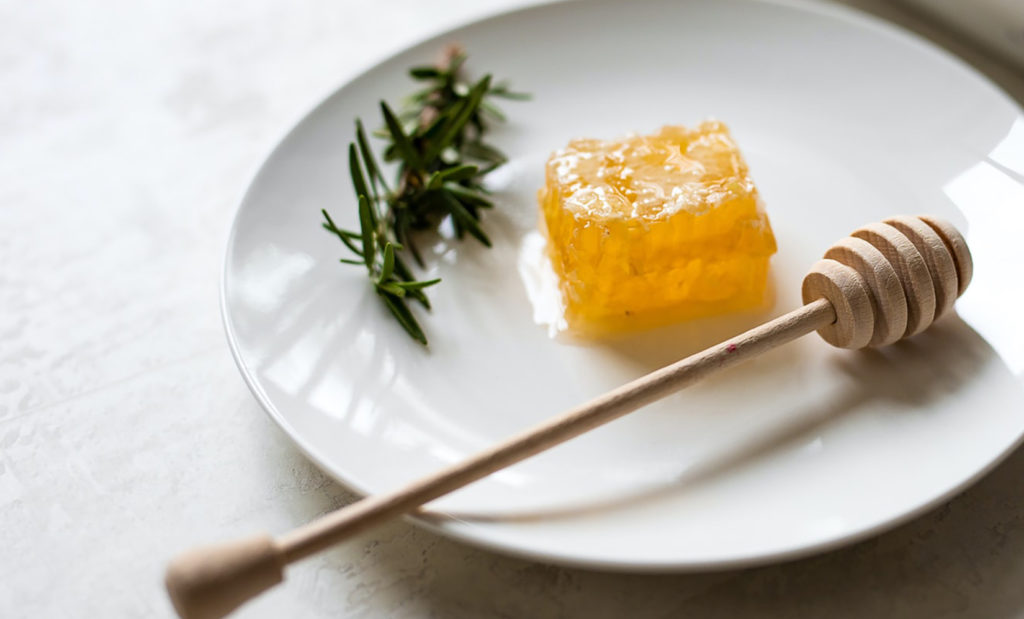
Not all Honey you eat is made equal. The location, climate, and type of pollen can affect the Honey’s colour and taste. However, the final product you buy in the store can make all the difference in its benefits. What exactly is the difference between regular, pure and raw Honey?
Regular Honey is filtered and processed with other additives like sugar to keep up with the supermarket’s high demand and long shelf life. This process can remove some of the benefits found within pure or raw Honey.
Raw or pure Honey is not processed and comes straight from the hive. It can be slightly filtered to remove impurities like beeswax and other debris from the bees. It is more nutritious and has many more health benefits than regular processed Honey.
Here are some of the benefits of using Honey:
Protects against bacteria
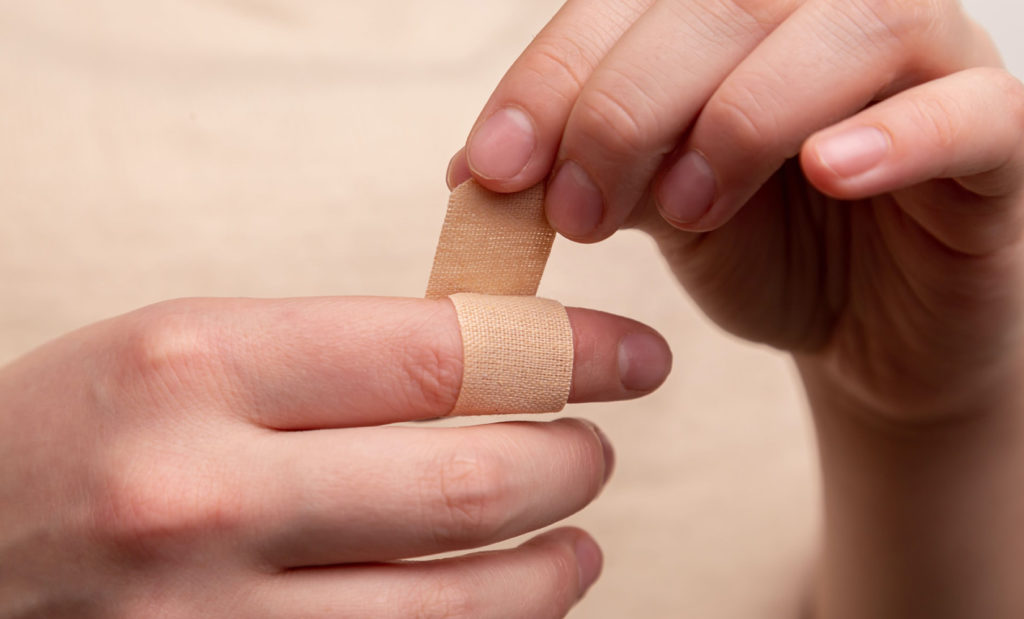
For centuries people have been using Honey for its antibacterial properties. This is because of its low water content and slightly acidic properties. Studies have shown that it can effectively protect the body from lots of bacteria strains such as E.coli and salmonella. You can also use Honey to treat burns, skin sores and inflammation.
Soothing a cough and sore throat

Using Honey to soothe a sore throat is not just an old wives tale. Research conducted on children confirmed that Honey is a better suppressant for a cough than common cold medicines because of its sticky consistency, which provides a soothing effect by coating the throat.
Helps with digestion
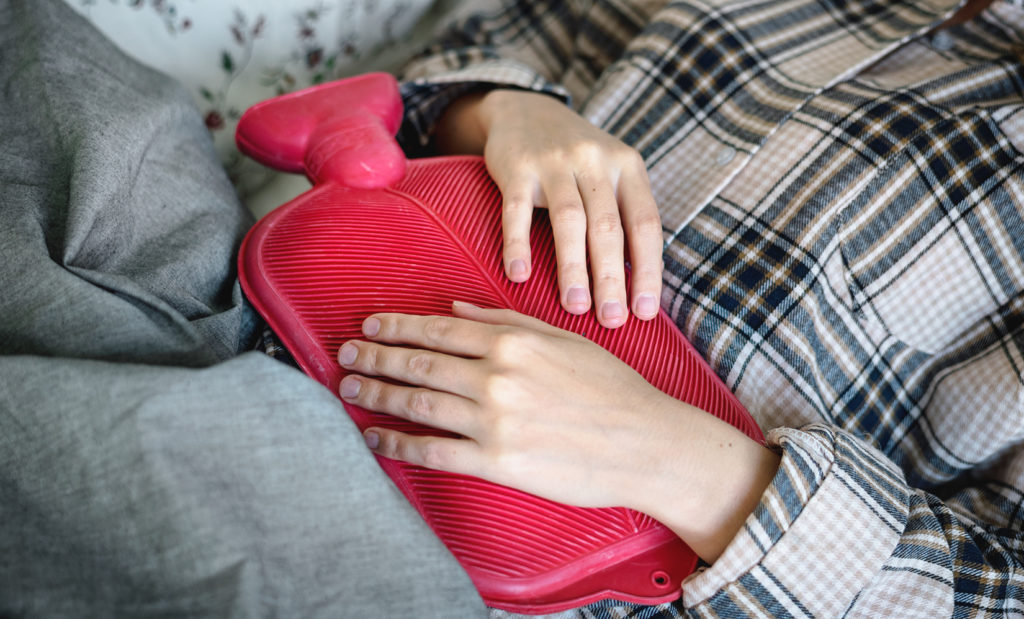
While we know that the healing properties of Honey are widely known, studies have also shown that it also contains prebiotic properties to help digestion and other stomach issues. Particular strains of Honey, such as Manuka from New Zealand and Tualang from Malaysia, have shown to relieve stomach issues like ulcers.
A great alternative to sugar
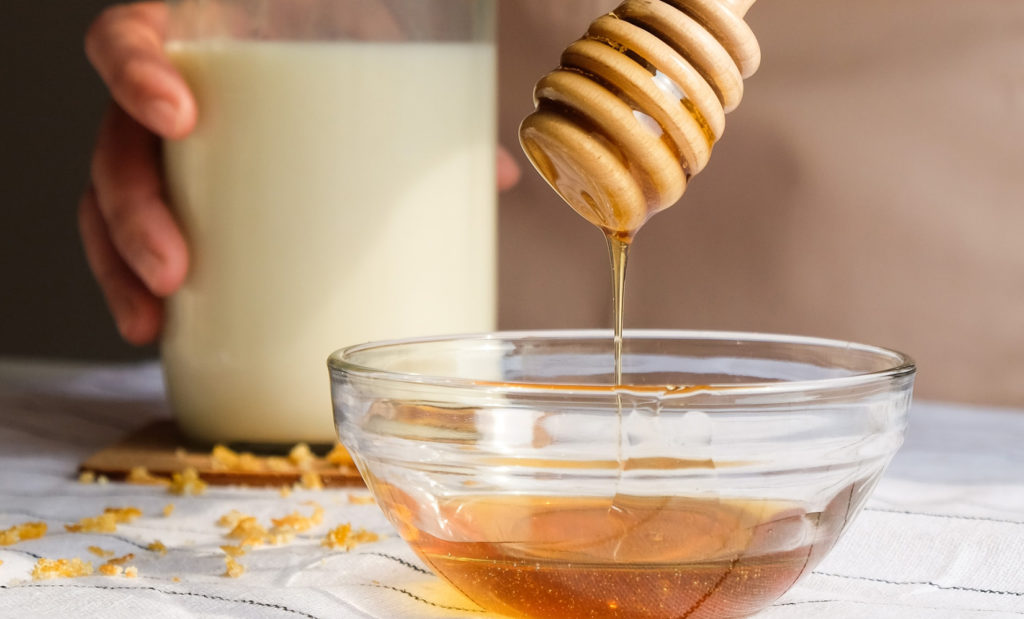
Are you looking for a way to substitute sugar without skipping on the sweetness? Honey is the best sugar substitute. It is full of antioxidants that can help lower blood pressure and cholesterol because it contains no fibre, fat or protein.
Honey should always be consumed in moderation with a balanced diet and may or may not be suitable for people with diabetes. Children under the age of one shouldn’t be given raw Honey due to its botulism. Botulism is a rare and fatal condition caused by toxins from soil and sediments and raw food like honey.
Bibliography
- Schouten, C (2020). Curious kids: how do bees make honey?The conversation. Accessed <https://theconversation.com/curious-kids-how-do-bees-make-honey-143450>
- AHBICl (n.d). How bees make honey.Australian Honey Bee Industry Council. Accessed <https://honeybee.org.au/education/wonderful-world-of-honey/how-bees-make-honey/>
- NHB (n.d). How Honey Is Made. National Honey Board. Accessed <https://honey.com/about-honey/how-honey-is-made>
- Berry, J (2019). How are raw honey and regular honey different? Medical News Today. Accessed <https://www.medicalnewstoday.com/articles/324966>
- Coombes, A, Lusby P & Wilkinson, J (2005). Bactericidal activity of different honeys against pathogenic bacteria. National Library of Medicine. Accessed <https://pubmed.ncbi.nlm.nih.gov/16099322/>
- Mozaffari-Khosravi, H, Mozayan M & Shadkam M (2009). A comparison of the effect of honey, dextromethorphan, and diphenhydramine on nightly cough and sleep quality in children and their parents. National Library of Medicine. Accessed <https://pubmed.ncbi.nlm.nih.gov/20618098/>
- Cokcetin, N (2015). An investigation of the prebiotic properties of Australian honeys. UNSW Faculty of Science. Accessed<http://unsworks.unsw.edu.au/fapi/datastream/unsworks:35916/SOURCE02?view=true>
- Shubrook, N (2019). The health benefits of Manuka honey. BBC Good food. Accessed <https://www.bbcgoodfood.com/howto/guide/health-benefits-manuka-honey>
- Laura (2015). Tualang honey. What is tualang honey? Healthy with Honey. Accessed <https://healthywithhoney.com/tualang-honey-what-is-tualang-honey/>
- Cooper, R, French, V & Molan, P The antibacterial activity of honey against coagulase-negative staphylococci. National Library of Medicine. Accessed <https://pubmed.ncbi.nlm.nih.gov/15941774/>
- Nutrition Data (n.d) Honey Nutrition Facts & Calories. Self Nutrition Data. Accessed <https://nutritiondata.self.com/facts/sweets/5568/2>
- Better Health Channel (2017). Botulism. Better Health channel. Accessed <https://www.betterhealth.vic.gov.au/health/ConditionsAndTreatments/botulism>
About the Author:
Latasha Trenaman is a Sydney based writer who is passionate about healthy eating. Latasha’s partner was diagnosed with diabetes in 2018. She has made it her life mission to share her and her partners’ experiences living with diabetes by promoting healthy food, especially sugar-free options. She believes in the power of writing and how it can inspire others in their journey to becoming more healthy. When she is not writing, she is walking her dog or baking sugar-free treats.





